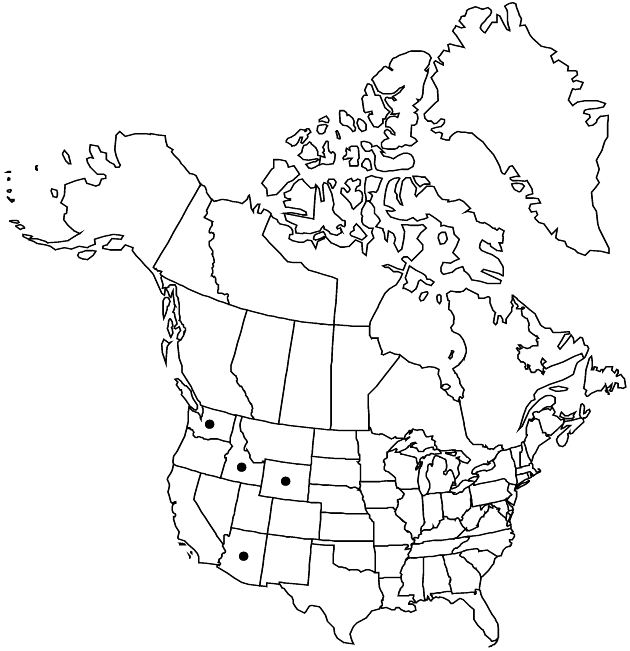Difference between revisions of "Tragopogon miscellus"
Amer. J. Bot. 37: 498. 1950.
FNA>Volume Importer |
imported>Volume Importer |
||
| (5 intermediate revisions by 2 users not shown) | |||
| Line 8: | Line 8: | ||
}} | }} | ||
|common_names=Hybrid or Ownbey’s goatsbeard;Moscow salsify | |common_names=Hybrid or Ownbey’s goatsbeard;Moscow salsify | ||
| + | |special_status={{Treatment/ID/Special_status | ||
| + | |code=I | ||
| + | |label=Introduced | ||
| + | }} | ||
|basionyms= | |basionyms= | ||
|synonyms= | |synonyms= | ||
| Line 34: | Line 38: | ||
-->{{#Taxon: | -->{{#Taxon: | ||
name=Tragopogon miscellus | name=Tragopogon miscellus | ||
| − | |||
|authority=Ownbey | |authority=Ownbey | ||
|rank=species | |rank=species | ||
| Line 48: | Line 51: | ||
|publication title=Amer. J. Bot. | |publication title=Amer. J. Bot. | ||
|publication year=1950 | |publication year=1950 | ||
| − | |special status= | + | |special status=Introduced |
| − | |source xml=https:// | + | |source xml=https://bitbucket.org/aafc-mbb/fna-data-curation/src/2e0870ddd59836b60bcf96646a41e87ea5a5943a/coarse_grained_fna_xml/V19-20-21/V19_450.xml |
|tribe=Asteraceae tribe Cichorieae | |tribe=Asteraceae tribe Cichorieae | ||
|genus=Tragopogon | |genus=Tragopogon | ||
Latest revision as of 19:51, 5 November 2020
Plants 60–150+ cm. Leaves: apices usually recurved to coiled, faces initially floccose to tomentulose, soon glabrescent. Peduncles distally inflated. Involucres conic to urceolate in bud. Outer florets usually slightly shorter than phyllaries (see discussion for exception); corollas yellow. 2n = 24.
Phenology: Flowering early summer.
Habitat: Disturbed sites
Elevation: 700–800 m
Distribution

Ariz., Idaho, Wash., Wyo.
Discussion
Tragopogon miscellus has been reported from near Gardiner, Montana; it is no longer present there.
Plants of Tragopogon miscellus are larger and more robust than those of T. pratensis. They are allote-traploids, formed (probably repeatedly) from hybrids between T. pratensis and T. dubius. Outer florets are shorter than the phyllaries except at some sites in Pullman, Washington, where outer florets equal or surpass the phyllaries. (The different inflorescence morphs result from reciprocal polyploid origins.) F1 hybrids between T. dubius and T. pratensis (= T. ×crantzii Dichtl) may resemble T. miscellus but are less robust, have low pollen stainability, and set few, if any, seeds. Tragopogon miscellus does not occur in Europe, but hybrids between T. dubius and T. pratensis occur occasionally.
Selected References
None.